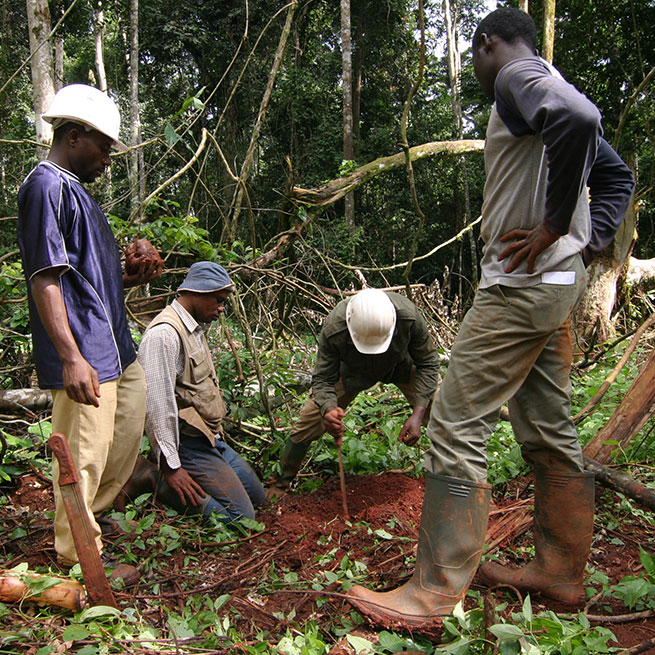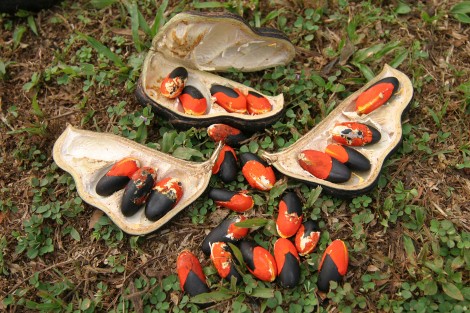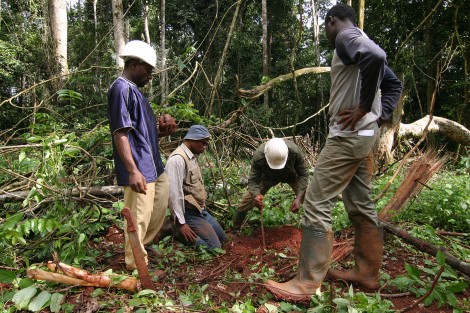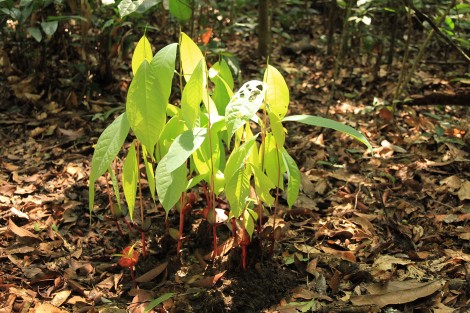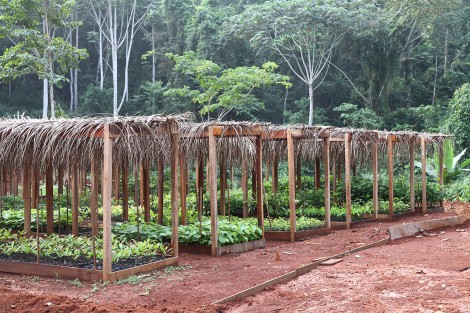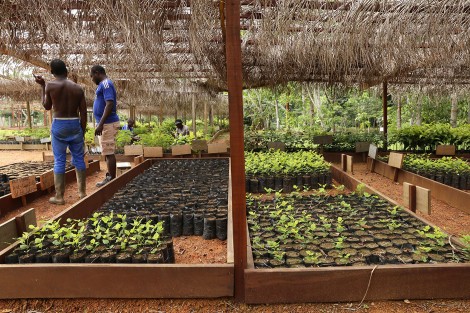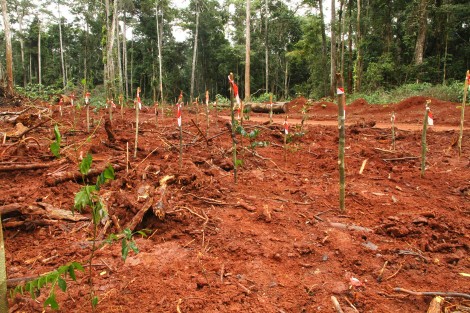A practical guide on
the installation of trails
The guide entitled “Sentiers de suivi de la croissance, de la mortalité et de la phénologie des arbres tropicaux: guide méthodologique” (Trails to follow tropical tree growth, mortality and phenology: A methodological guide), examines the prerequisites for the management of natural timber production forests in Central Africa. As a matter of fact, the sustainability of forest management depends on a thorough knowledge of the demographic dynamics of commercial tree populations. These dynamics are studied in plots that are designed to be monitored over the long term. While the methodological approach to installing and monitoring parcels is relatively well documented, the methodological approach to trails is less well documented.
The book fills this gap by capitalising on the experience that members of the DYNAFAC collective have accumulated over more than 20 years. It is a practical and illustrated guide explaining the necessary steps to install and monitor these trails. In addition to providing technical procedures, the guide also assesses costs while accounting the economic specificities of various countries in the subregion.
It can be downloaded here
Guide Sentiers
A practical guide on
wildlife management
The “Development and Implementation of a Wildlife Management Plan / Technical Guide for Production Forest Managers in Central Africa” guide is an operational tool for forest operators in Central Africa. It presents the steps for developing and implementing a wildlife management plan, from adherence to the legislative and regulatory frameworks through to assessing its performance.
As a result of ever-growing human activity, the rising demand for animal protein due to a demographic explosion, and organised poaching (ivory, pangolin scales, etc.), there is increasing pressure on wildlife in Central African forests. Strategies are being implemented, nationally and regionally, to respond to these threats.
Effective wildlife management within forest concessions contributes to the overall objective of sound and sustainable management of the Central African forest heritage.
The guide can be downloaded here
A practical guide on
the forestry routes of exploited species
To ensure the sustainability of economic activity in the forestry sector, various approaches must be combined, including the promotion of abundant and unexploited species, and the enrichment of degraded forest environments using economically important species and NWFPs. This guide targets the latter task.
Based on decades of knowledge on local tree plantations, the goal of the forest enrichment guide is to provide a broad audience (field technicians, students, scientists) with decision-making tools and procedures for the reforestation of local species. This book gives a comprehensive overview of the important activities for any reforestation programme, from seed collection to established plantation management operations. The guide particularly focuses on the forestry route of around fifty important tree species (NWFP and for timber). It stems from a partnership between international and national organisations, including national forest administration entities, in Central and West Africa.
The work is scheduled to be published by the end of the 1st quadrimester of 2021.
A practical guide on
Central African trees
The “Central African trees as a tool to help forest management, sustainable management and certification” guide, which is scheduled for publication in late 2023, will describe 500 woody species.
The guide will help to identify species during inventories and will provide the necessary information to take into account (phenology, growth, dispersal, uses, the importance for wildlife,…) for optimal and sustainable forest management that complies with certification criteria. This guide, which details the technological and chemical properties of the various types of wood, will also support the promotion of new commercial species. Indeed, in forest concessions, historically exploited timber resources are dwindling. To counter this trend, it is essential to diversify market supply by offering other species to promote and, thus, reduce pressure on “main” species.
The book is intended to be simple, accessible, and complete with the aim of supporting and facilitating forest management on a daily basis. It meets a real demand from stakeholders to have a comprehensive guide that can serve as a reference for all forest stakeholders in Central Africa.



